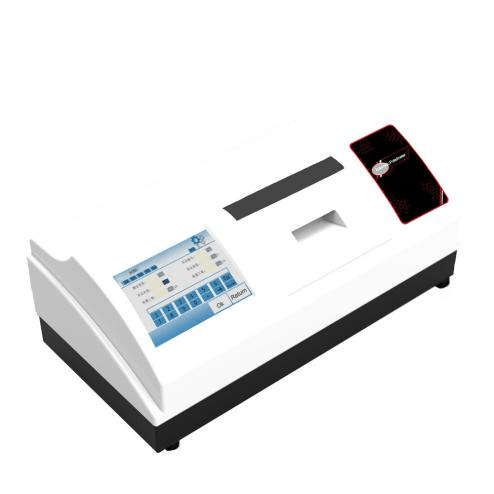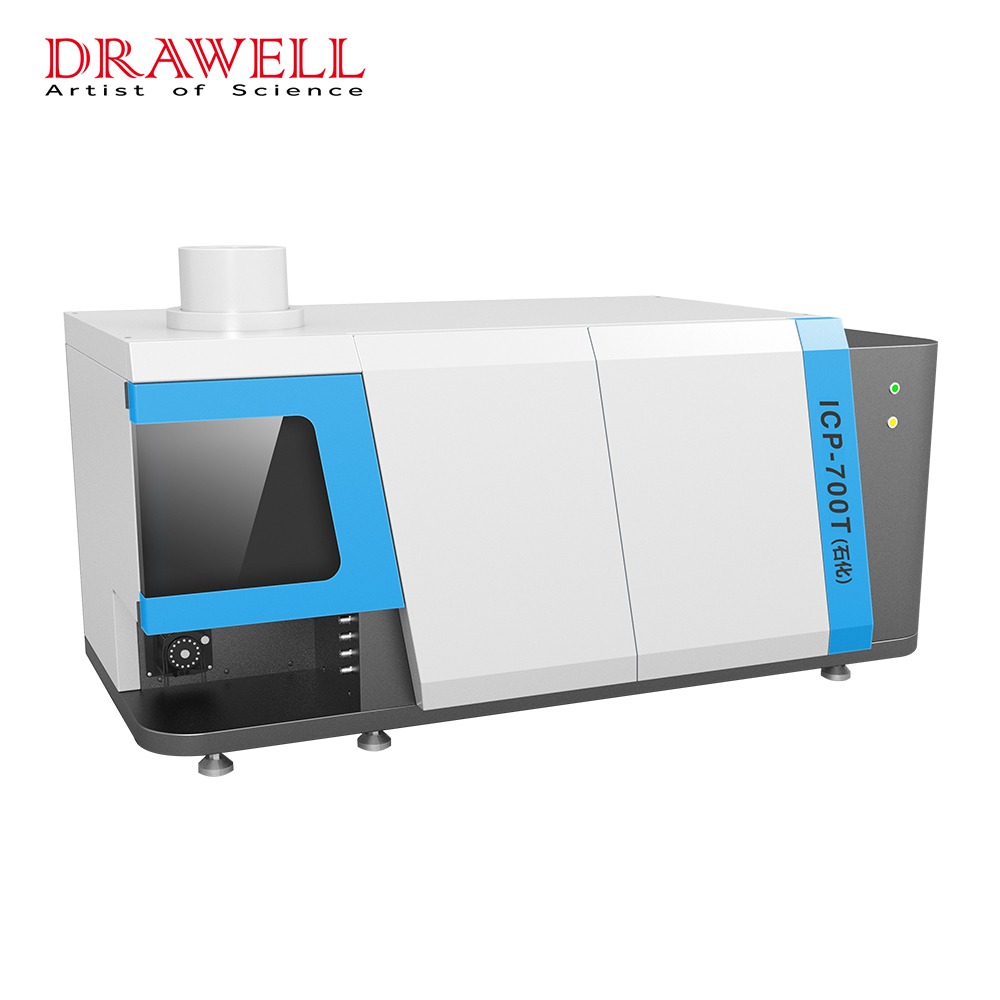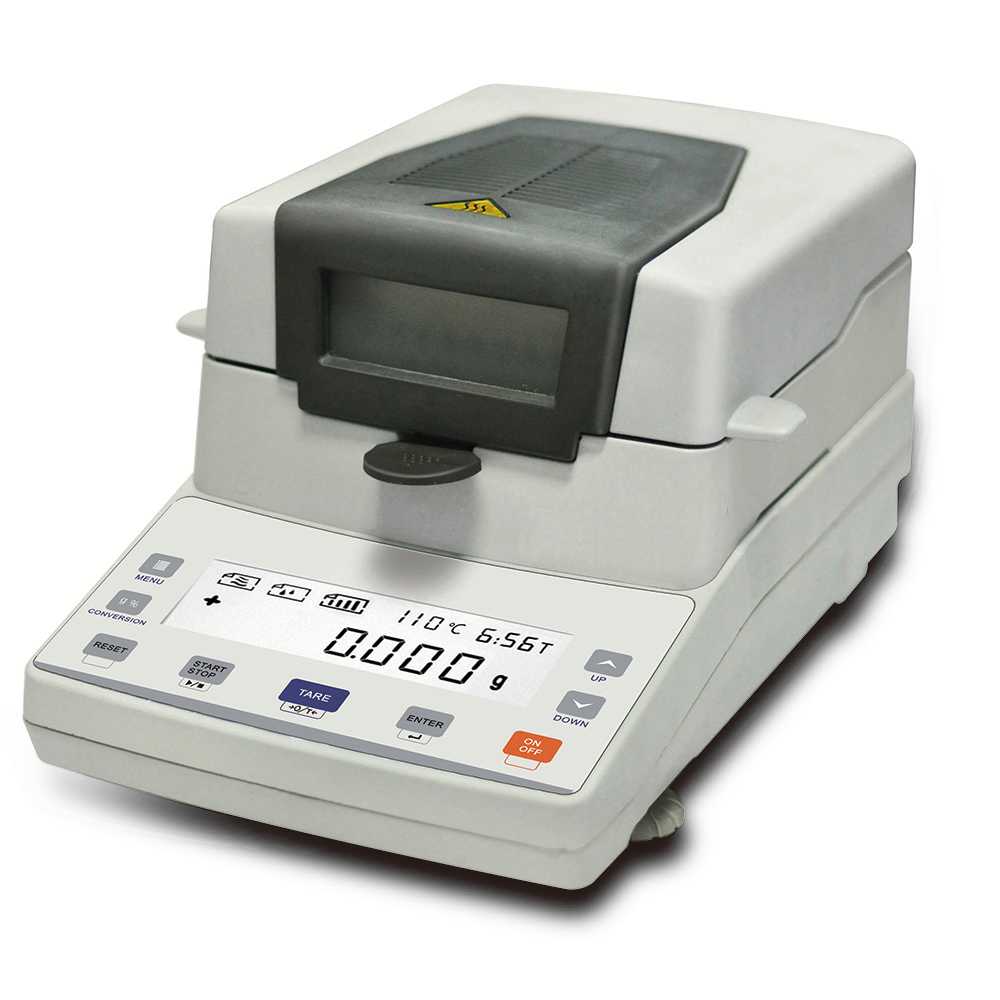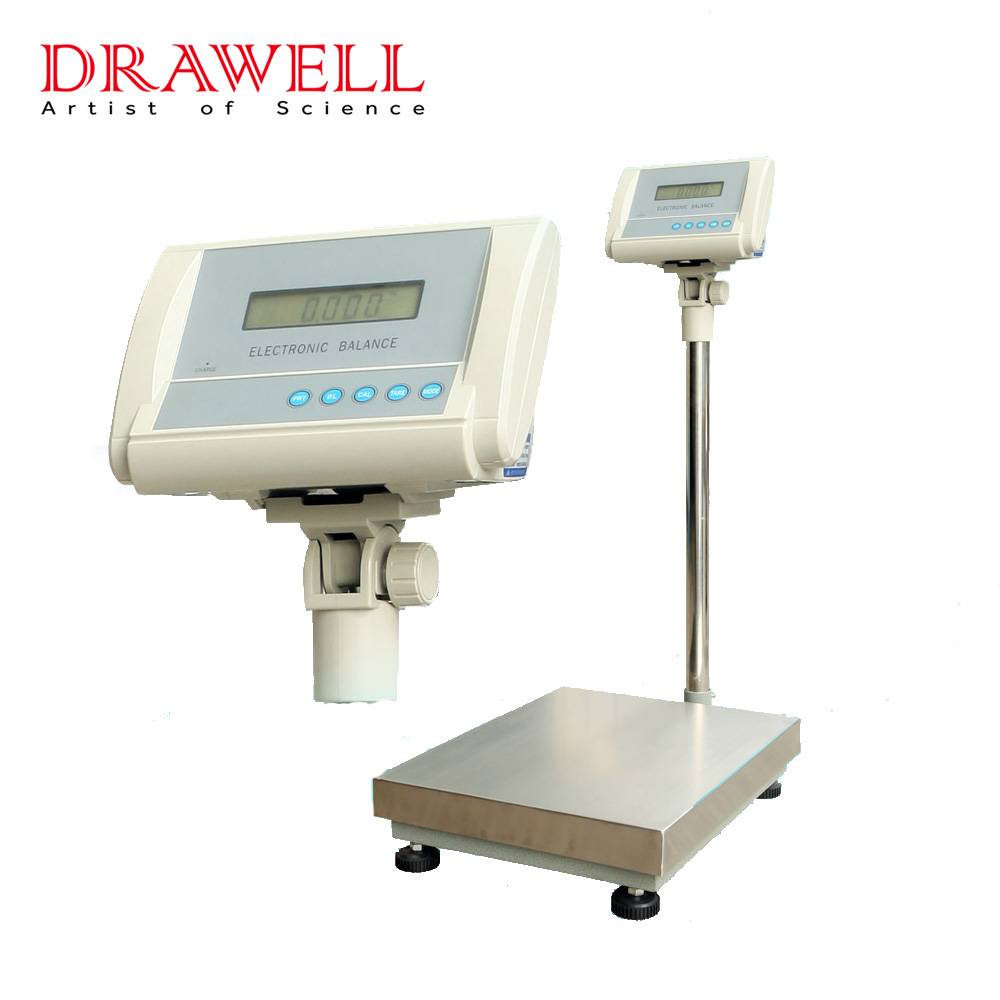Polarimetry is a technique used to measure the rotation of polarized light as it passes through a sample. It is based on the principle that certain substances, such as chiral molecules, rotate the plane of polarization of light. In this article, we will explore the principles of polarimetry, its applications, and the trends shaping the industry.
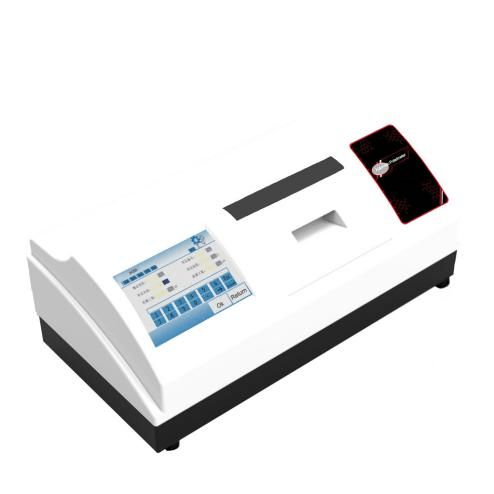
Principles of Polarimetry
Polarimetry is based on the principles of optics and the interaction of light with matter. A polarimeter consists of a light source, polarizer, sample holder, and analyzer. The polarizer and analyzer are oriented at right angles to each other, and the sample holder is placed between them. As polarized light passes through the sample, its plane of polarization is rotated by an angle. The magnitude of the rotation is proportional to the concentration of the substance and the length of the sample holder.
Applications of Polarimetry
Polarimetry has a wide range of applications in various fields, including:

- Chemical analysis and quality control: Polarimetry is used to measure the optical rotation of chiral molecules and to determine the enantiomeric purity of a substance. This is important in the development and manufacture of pharmaceuticals, agrochemicals, and other chemical products.
- Pharmaceutical industry: In the pharmaceutical industry, polarimetry is used to measure the optical rotation of drug molecules, which is an important parameter for quality control and to ensure the safety and efficacy of drugs. It is also used to measure enantiomeric purity, which is important for the development of chiral drugs.
- Sugar industry: Polarimetry is used in the sugar industry to measure the sugar content of fruit juices, which is important for quality control and to ensure that the juice has the desired sweetness.
- Food and beverage industry: Polarimetry is used for quality control and authenticity testing of food and beverage products, such as honey, wine, and fruit juices. It can be used to determine if a product has been adulterated with a cheaper ingredient or if it has been diluted with water.
- Biomedical research: Polarimetry is used in biomedical research to study the structure and properties of biomolecules, such as proteins, nucleic acids, and carbohydrates. It can be used to study the folding and conformational changes of proteins, which is important for understanding their function and for drug discovery.
Tips for Using a Polarimeter
To obtain accurate and reliable results with a polarimeter, it is important to follow these tips and best practices:
- Calibration: The instrument should be calibrated regularly to ensure that it is measuring optical rotation accurately.
- Sample preparation: The sample should be prepared carefully to ensure that it is homogeneous and free of impurities that could affect the measurement.
- Temperature control: Temperature can affect the optical rotation of a substance, so it is important to control the temperature of the sample and the instrument.
- Data analysis and interpretation: The data should be analyzed carefully, and the results should be interpreted correctly. It is important to consider factors that could affect the measurement, such as solvent effects and instrument drift.
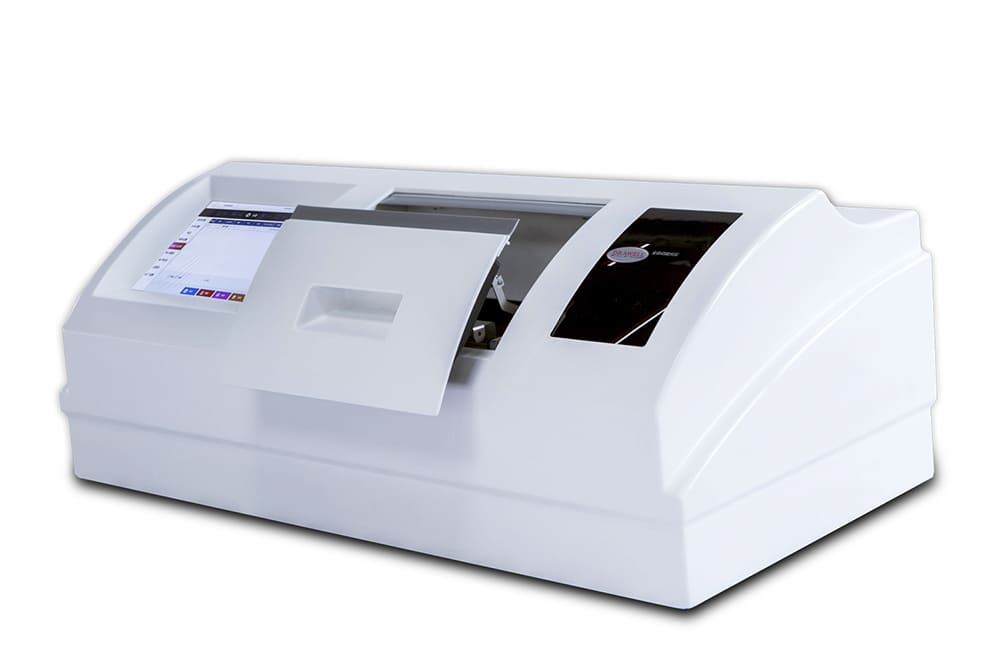
Polarimetry and the Industry
The field of polarimetry is constantly evolving, and there are several trends that are shaping the industry:
- Advances in technology: There are constant advancements in polarimetry instrumentation, such as automation and miniaturization, that make it easier and faster to perform measurements. These advancements are also leading to the development of more sophisticated polarimeters with higher sensitivity and precision.
- High-throughput screening: The demand for high-throughput screening in drug development and other industries has led to the development of polarimeters that can measure multiple samples simultaneously. This allows for faster analysis and increased efficiency in laboratory workflows.
- Sustainability: There is a growing emphasis on sustainability in the chemical and pharmaceutical industries, and polarimetry can play a role in this by reducing the need for costly and environmentally harmful separation techniques. For example, the measurement of enantiomeric purity by polarimetry can help to reduce waste and increase the efficiency of chemical processes.
- Automation and data analysis: Automation and data analysis software are becoming increasingly important in polarimetry. Automated sample handling and measurement can increase throughput and reduce human error, while advanced data analysis tools can provide more accurate and reliable results.
In conclusion, polarimetry is a powerful analytical technique with a wide range of applications in various industries. By following best practices and staying up-to-date with the latest trends and technologies, researchers and industry professionals can continue to unlock the full potential of polarimetry.

